Top 10 Most Counterfeited Food Products in 2025

Looking forward to enriching the flavours of your dishes? But you should know that not every food item available on the market is the same as it seems. Whether it's olive oil in your Italian cuisine or milk in your ice cream, genuine ingredients are often rarely found or are expensive enough to meet global demand. Thus, what fraud companies do is they supply duplicate, less-pricey alternatives to meet demand and make big bucks.
Food counterfeiting has become a growing global issue, with fake, adulterated food products sneaking into our kitchens more often than we realize. This fraudulent activity not only undermines consumers' trust in legitimate producers but can also have serious health consequences for consumers.
Whether it’s fake truffle oil or adulterated honey, the prevalence of counterfeited foods raises concerns about what we are really consuming. In this article, we'll explore the top 10 most counterfeited foods and their potential health risks. In addition, you can learn some food authenticity testing methods and what you can do when suspecting food counterfeiting.
10 Common Counterfeited Food Items in 2025
Food counterfeiting usually occurs when a food product is not what it claims to be and can be present in the form of substitution, dilution, or false labelling. But what food products are usually counterfeited?
Here, we have compiled a list of fake foods, enlisting 10 foods most commonly vulnerable to counterfeiting. You can also learn what health risks these duplicate food products can cause.
1. Olive Oil
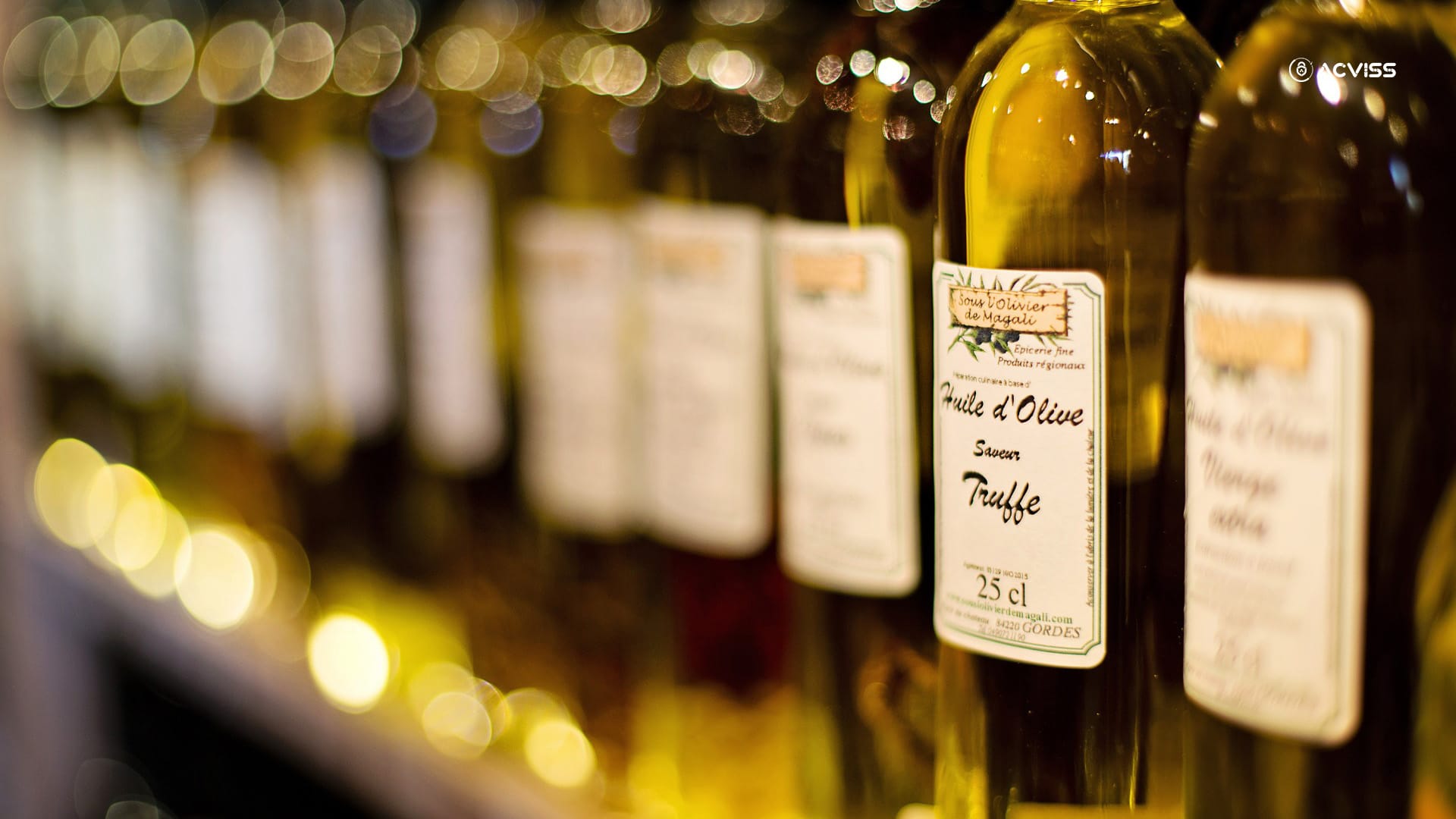
A staple of the Mediterranean diet, extra virgin olive oil is rich in plenty of healthy unsaturated fats. Thus, many consumers are even ready to pay high prices for authentic olive oil produced in Italy or Spain.
However, a disheartening fact is that olive oil is listed as one of the most counterfeited foods. Cheaper oils like sunflower or soybean oil are often mixed with olive oil and supplied as pure. In the shocking ‘Operacion Cholesterol’ fraud case of 2006, officials found that 76,000 litres of sunflower oil were treated with dyes and preservatives to look like olive oil.
Not only do consumers end up paying premium prices for a low-quality product, but counterfeit olive oil might contain unhealthy trans fats or rancid oils, posing health risks like increased cholesterol levels.
2. Seafood
The seafood industry is rife with fraud, with species substitution being the primary issue. Many suppliers sell low-value fish by labelling them as premium varieties, such as tilapia sold as red snapper.
It not only misleads consumers but also introduces health concerns like allergens or harmful toxins that are more prevalent in the substituted species.
3. Honey
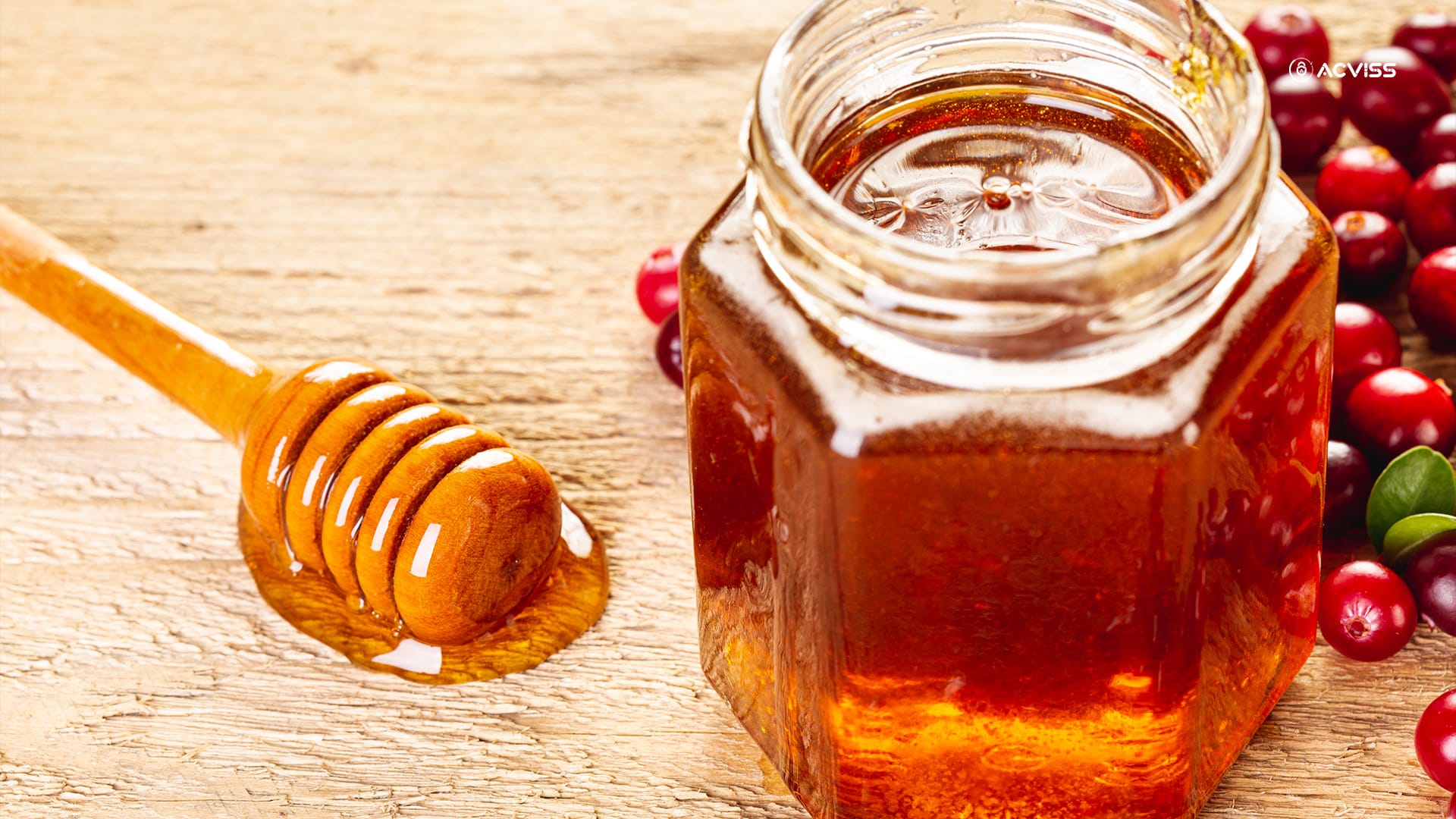
Honey is another common target for food fraud. You might be surprised to read that, but as per estimate, about one-third of internationally traded honey is duplicate.
Counterfeit honey is often adulterated with cheap sugars like corn syrup or glucose, compromising its purity and nutritional benefits. Consuming this fake honey can harm your health by increasing the risk of blood sugar spikes.
4. Maple Syrup
Pure maple syrup is often adulterated with cheaper sugars, such as cane sugar or high-fructose corn syrup, lowering its quality and nutritional value. Excessive consumption of such sugar-laden substitutes may contribute to weight gain and diabetes.
5. Dairy Products
Milk and cheese are frequently targeted by fraudsters who dilute milk with water or replace natural fats with cheaper substitutes. Since counterfeit versions of dairy products lack essential nutrients like calcium and vitamin D, consuming them can result in nutritional deficiencies and other medical ailments.
How can we forget the Great Chinese Infant Formula Debacle case of 2008, when around 54,000 infants fell sick, and six even died by consuming milk adulterated with melamine?
6. Whey Protein Powder
Now that people are increasingly drawn to fitness, the demand for whey protein powders is increasing. However, not all suppliers provide authentic protein powders. You might have heard of counterfeited whey protein powder cases, wherein these powders are adulterated with cheaper protein sources like soy or even harmful additives.
Consuming these fake whey protein powders can cause digestive problems, fail to provide the expected nutritional benefits for muscle recovery and growth, and even cause organ failure.
7. Spices
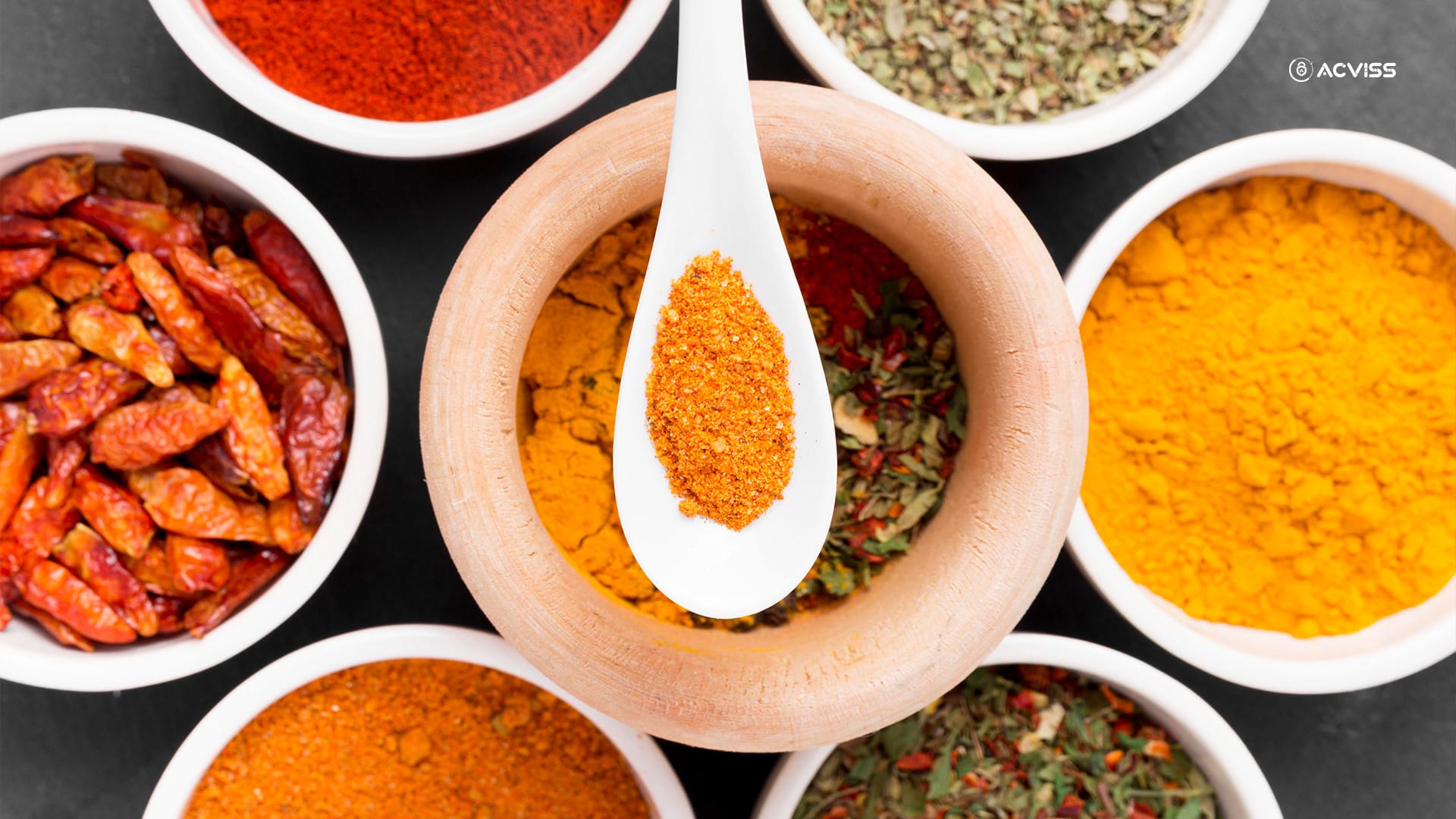
Spices like saffron, cinnamon, and black pepper are frequently counterfeited by mixing them with less expensive ingredients like starch or artificial dyes. For instance, real saffron is made using the stigma of the saffron crocus and costs around $2,000 a pound. However, you can find many cheaper versions of saffron mixed with onion or orange dye.
This adulteration not only reduces the potency and flavor of spices but also some additives can potentially cause allergic reactions or other health issues.
8. Organic Foods
Customers are highly prioritising sustainability and healthy consumption practices. Organic foods are getting huge demand across the globe, especially in developed and developing countries. This rising demand gave way for counterfeiters to scam innocent customers.
Fake organic foods most commonly include fruits and vegetables that are labelled as ‘organic’ but grown using conventional methods. These mislabelled products might contain pesticide residues and other chemicals that could negatively impact your organs and body’s functioning, especially when consumed regularly.
9. Coffee
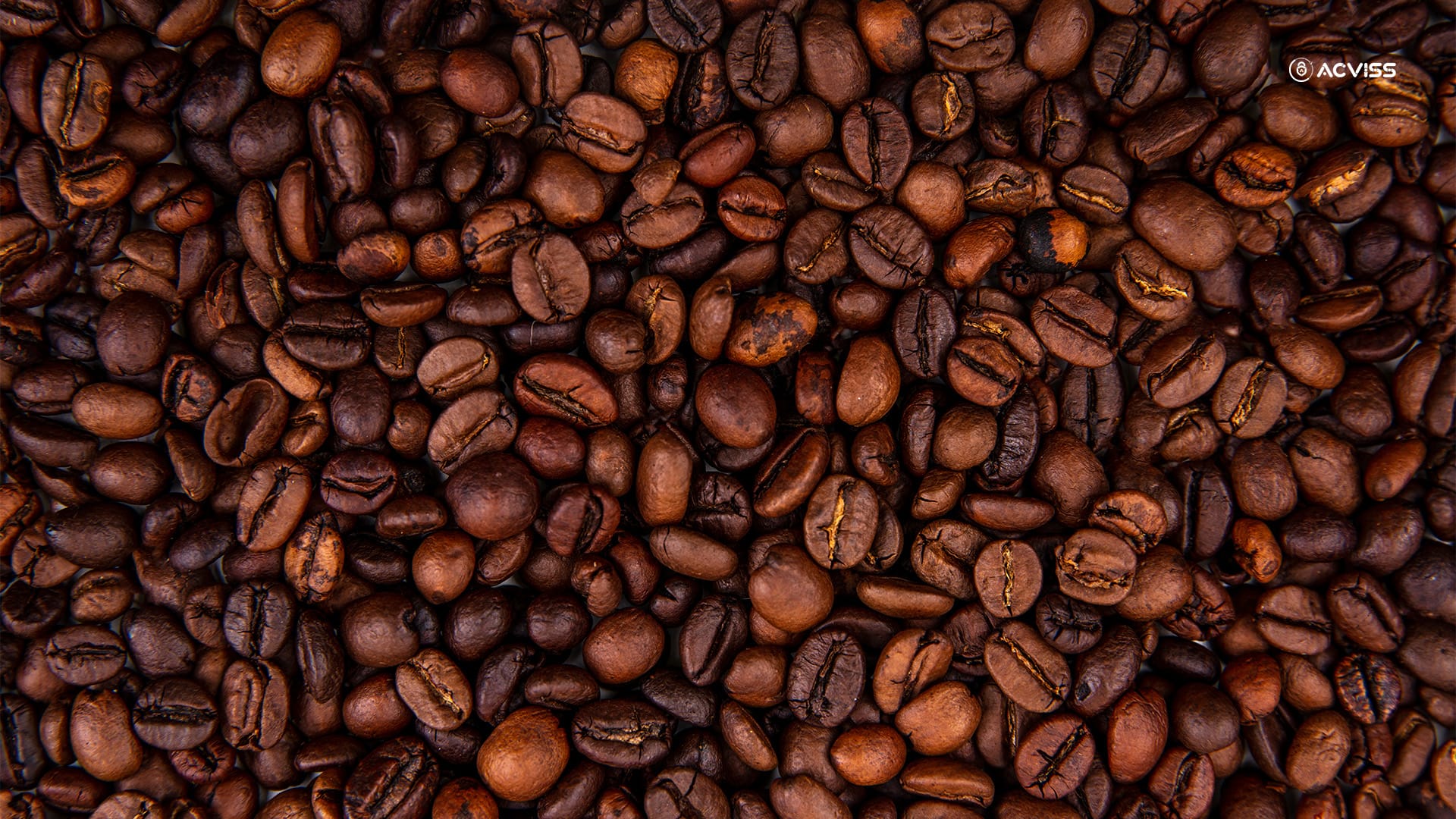
10. Wine
Wine and spirits are another food product that is highly prone to counterfeiting. Considered a luxury product, wine is a highly sought-after luxury food product across the globe. Fraud in wine products most commonly involves mixing cheaper or even unsafe ingredients into wine and selling it under a vintage label while fetching high prices. It is estimated that around 20% of the wine sold globally is fake.
This adulteration affects the flavour and safety of wine. Even in some cases, counterfeit wine has been found to contain dangerous chemicals like methanol, which can lead to poisoning.
Food Authenticity Testing Methods for Commonly Faked Items
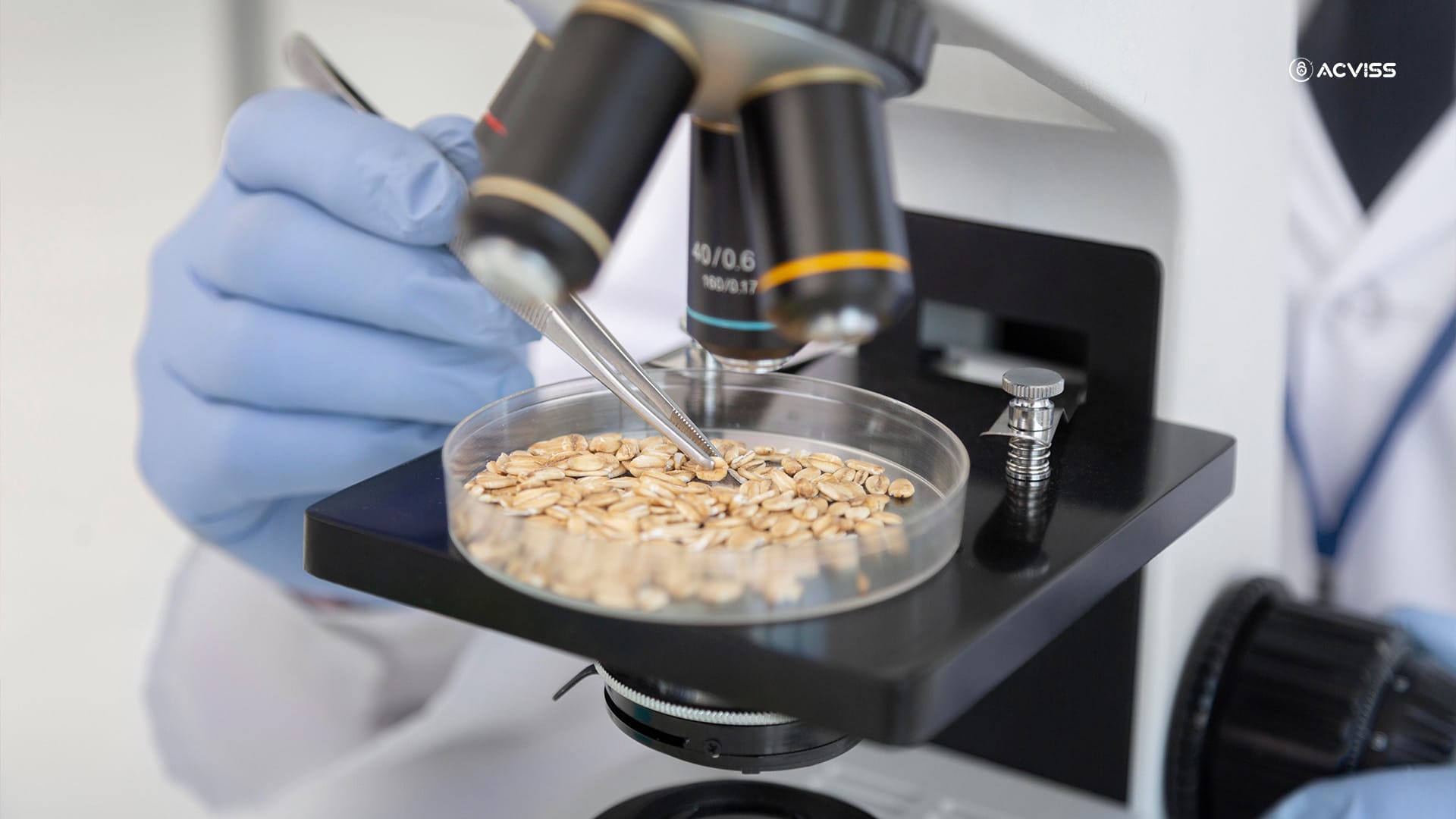
Food counterfeiting is the most prevalent example of food fraud. So, how can we determine whether the foods we buy are authentic or counterfeit? Several scientific methods are used to measure food authenticity to reduce the number of counterfeit food products.
Here are some common food authenticity testing methods:
- DNA Testing
DNA testing involves technology like next-generation sequencing (NGS) to identify the genetic makeup of an animal—or plant-based food product, ensuring whether it is made from authentic species. It’s commonly used to detect seafood, meat products, pathogens, ingredients, allergens, and more.
- Digital Sensory Analysis
Advanced artificial sensory technology is also being used to get unbiased, accurate measurements of sensory parameters, which further allow the identification and classification of taste and aroma mixtures.
- Spectroscopy
This technique is used to analyse the chemical composition of food and identify the purity of food items like olive oil, honey, and dairy products.
- Isotope Ratio Mass Spectrometry (IRMS)
IRMS is an effective food authenticity testing method that examines isotopes present in food to determine a product's geographical origin. It works best for verifying organic foods and food products like wine.
- High-Performance Liquid Chromatography (HPLC)
This method separates compounds in a food product, and it can also be used to detect additives or contaminants in food items such as protein powders and spices.
What to Do If You Suspect Food Fraud?
How can you escape from these food substitution scams or diluted products? In this age, where every other food item has some mixing or is mislabelled. If you think you’ve purchased a counterfeit food product, here are some food safety tips and steps you can follow:
- Stop Consumption: Immediately stop using the suspected food product, especially if you notice unusual taste, texture, or smell.
- Check Labels: Look for inconsistencies in the label, such as unusual or tampered packaging, expired or missing certification seals, or incorrect ingredient lists.
- Report to Authorities: Food fraud can pose serious health risks, so it’s important to report suspected cases to food safety authorities in your region.
- Keep the Evidence: Hold onto the product and packaging as it may help investigators identify and track counterfeit items.
- Share Your Experience: Consider leaving reviews or warning others through social media, which can help raise awareness about fake food products.
Ensuring Authenticity
Food counterfeiting is a major problem affecting a wide range of products, from olive oil to protein powder. It has become difficult to determine what food item is real and what’s fake. Paying more for food products doesn’t assure their authenticity.
Brands can prevent fraud by collaborating with providers such as Acviss for anti-counterfeiting and food authenticity solutions. From immediate counterfeit identification to authenticating food products, Acviss has a lot to offer to ensure you are eating right.
Get in touch with our experts to learn about your supply chain vulnerabilities and how to solve them by leveraging technological solutions.
